Dear Students and Teachers in San Antonio,
Please consider attending or participating in the free masterclasses that I've scheduled during 2013-2014. Open to the general public. Steinway Gallery San Antonio has generously allocated space for these classes to occur.
Please feel free to share this info with any young string players and teachers in the San Antonio area.
DATES:
Saturday, Dec 14th Saturday 4:30-6pm
Guest Teacher: Aimee Toomes, Violin, SA Symphony.
Guest Collaborative Pianist: Dr. Mark Alexander, SAC and OLLU Faculty
Repertoire covered: Allegro by Fiocco, Bach A minor Concerto (1st mov.), Witches' Dance.
Saturday, January 25th Saturday 4:30-6pm
Guest Teacher: Andrew Small, Violin, SA Symphony, Montevista Strings
Repertoire: Mozart Concerto #3 (3rd mov.), Bruch Concerto in G minor, Bach Praeludium in E
Saturday, March 15th 4:30-6pm
Guest Teacher: Bonnie Terry, Violin, Associate Concertmaster, SA Symphony.
Repertoire: Allegro Brilliante, Mozart Concerto no. 3 (1st or 2nd movement), TBA
Saturday, April 12th 4:30-6pm
Guest Teacher: Matthew Zerweck, Violin, Camerata San Antonio
Repertoire: TBA
All classes will take place at the Steinway Gallery San Antonio.
What is a masterclass?
A masterclass is like a public lesson. Select students of varying ages and ability levels will perform a prepared piece of music, and then receive feedback from one of San Antonio's highly trained, star musicians. A masterclass setting is a common occurrence in prestigious music schools and preparatory programs. A masterclass is an opportunity to elevate both teachers and students in a supportive, relaxed setting.
Topics like performance anxiety, bow control, intonation, rhythm, physicality, and musicianship will be addressed.
Who can participate?
Anyone is free to come and observe the classes. Students participating in the classes will be selected by organizer and violinist, Matthew Zerweck. Please contact at [email protected] if you are interested in participating in a masterclass or have questions/concerns.
There is limited space. If demand is high, it may be possible to add additional opportunities in the future.
Why would I want to be in the audience?
Any violin student in San Antonio would benefit from watching these classes. It a tremendous opportunity to see talented teachers and students in action. It's an opportunity to become a more active part of San Antonio's growing tribe of violinists.
All best,
Matt Zerweck

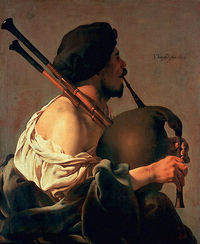
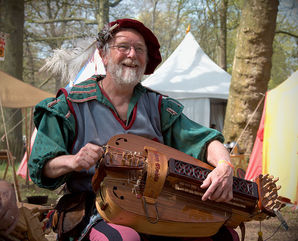
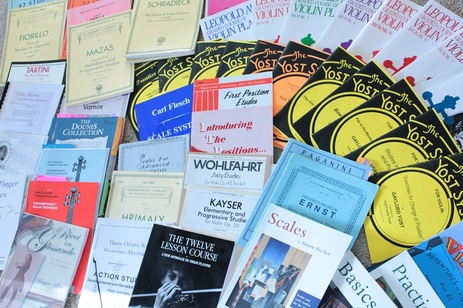
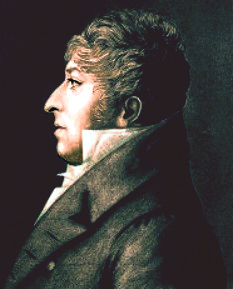
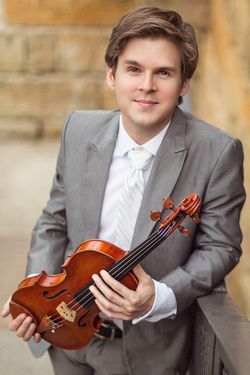
 RSS Feed
RSS Feed